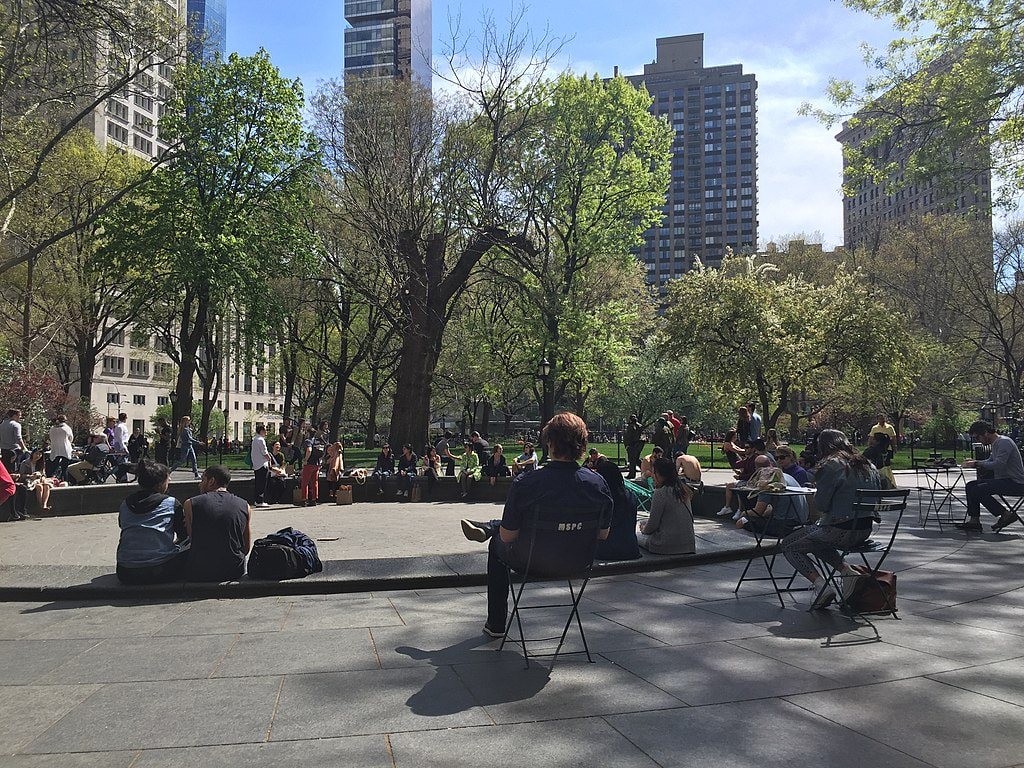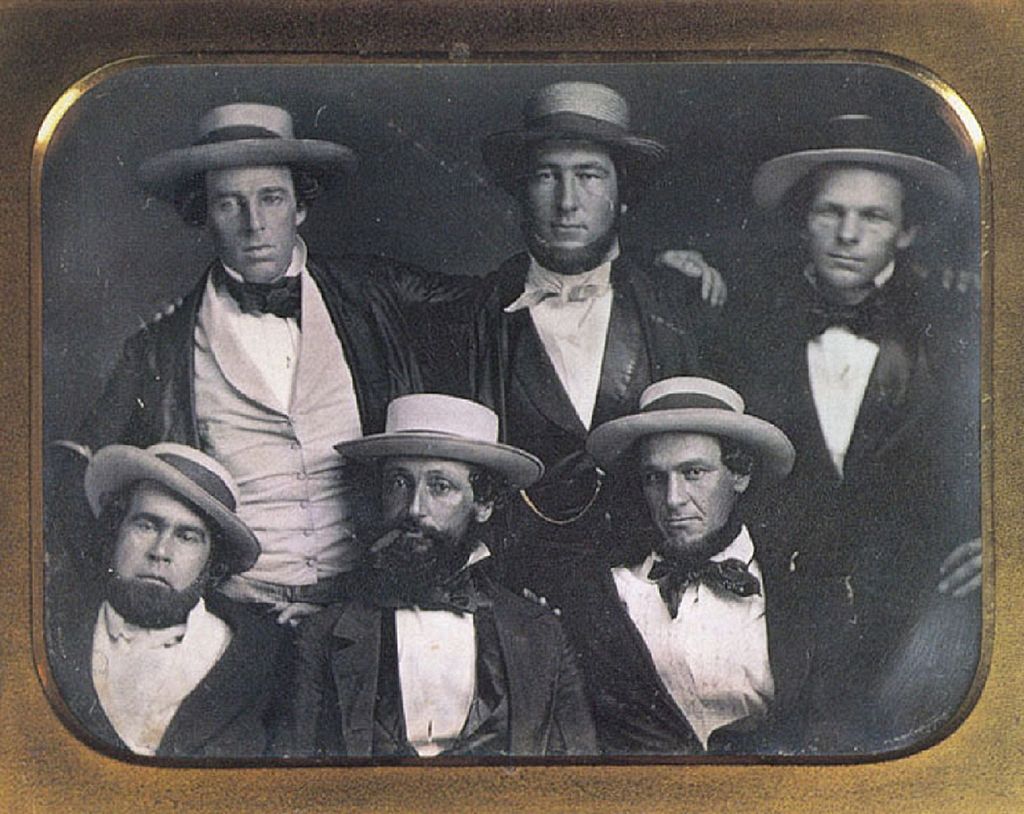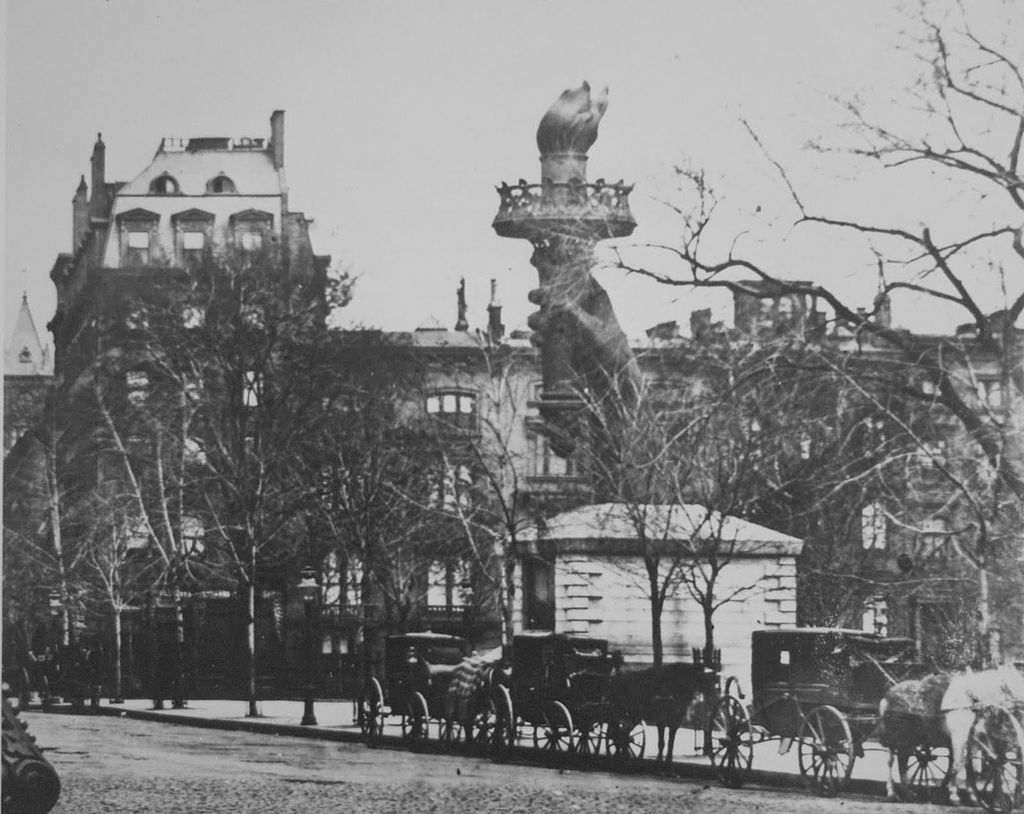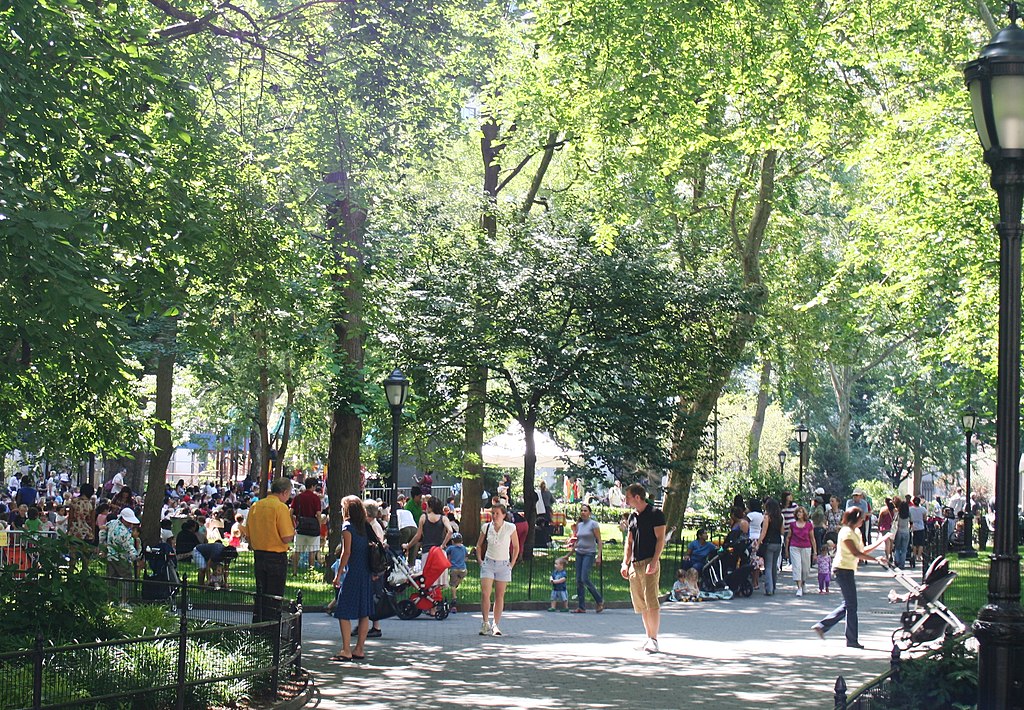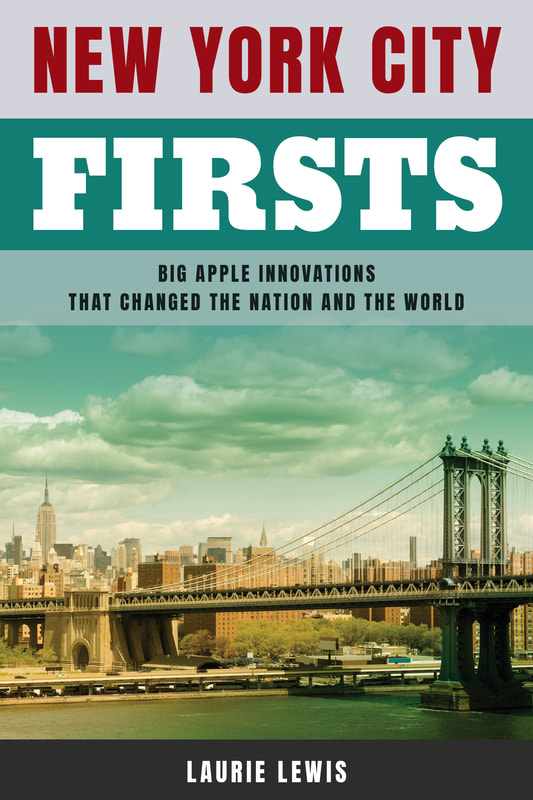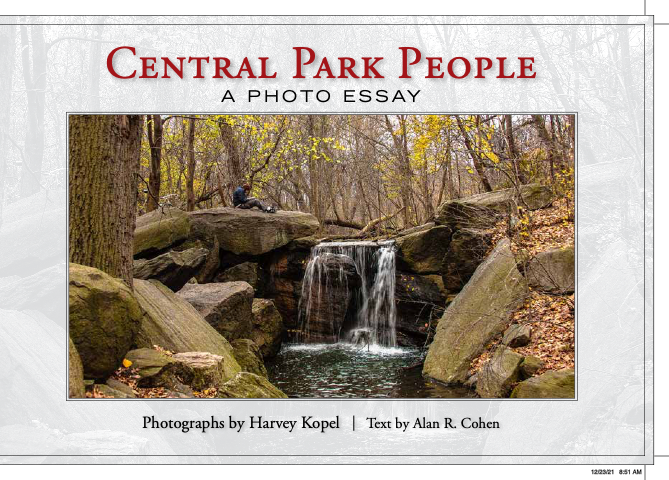|
By Laurie Lewis Madison Square Park, a seven-acre green space between 23rd and 26th Streets, Madison and Fifth Avenues, celebrates its 175th anniversary this year. Even before it became an official park in 1847, the area played important roles in the city. Like other city-owned land that later became parks—including Washington Square and Bryant Park—Madison Square Park originally was a potter’s field, a place to bury the poor. That was in the late eighteenth century, when the population of the city was concentrated in Lower Manhattan. In 1807, the young United States Army used the land to train soldiers and store munitions. The Grand Parade, as the area was known, was the largest public space in the city on the 1811 grid map, which established the numbered streets and avenues that have since defined Manhattan. In the early 1840s, the open area beckoned to young men who liked to play. A group gathered regularly to toss around a ball, hit it with a bat, and run around a course. One of them, Alexander Cartwright, wrote down the rules of the game in 1845. That’s right, baseball had roots in Madison Square (before it became an official park). New York Knickerbockers, the city's first baseball team, practiced at Madison Square. Alexander Cartwright, who wrote the rules of the game, is at the center top. We’ll skip ahead now to the 1870s. The city’s population was moving north, and the Madison Square area was becoming a fashionable district. The park, a popular destination, got an unusual temporary addition in 1876: the Statue of Liberty’s arm with the torch, the first part of the statue to be completed. Its presence in Madison Square Park was part of an effort to raise funds for the statue’s pedestal. The city continued to grow around Madison Square Park. Stanford White built his magnificent Madison Square Garden in 1890. It was the second entertainment center by that name, located diagonally across from the park on Madison and 26th Street. Near the southern end of Madison Square Park, the Flatiron Building rose in 1902, the Met Life Tower in 1909. In 1912, Madison Square Park hosted the first outdoor community Christmas tree in the nation. Thousands of people—the poor who could not afford their own tree as well as the better off who loved this park—gathered to sing carols. A white pole with a star on top marks the spot today. Late in the twentieth century, when the city’s coffers were exceptionally tight, Madison Square Park, like other city amenities, fell into disrepair. Then concerned New Yorkers stepped in to spruce up the park. Restauranteur Danny Meyer opened a kiosk in the park in 2004. It was the first Shake Shack in the nation, and it still draws hungry customers year-round. The Madison Square Park Conservancy, the nonprofit group that now manages the park, has overseen the restoration of the grounds and monuments and the installation of temporary art exhibits. Most of the exhibits have an outdoor theme, ideal for a park setting. These days, Madison Square Park pulses with life. Dogs romp in the off-leash run. Children enjoy the playground. Adults linger on shady benches or lush lawns. Some come to see the art, both the temporary exhibits and the statues that look down on the thousands of park visitors. Madison Square Park is the centerpiece of the East 20s, as it has been for more than 175 years, even before it became an official park. Learn More on Jane's Walk Every year on the first weekend of May, Jane’s Walk offers hundreds of opportunities to explore the city with local guides. Last year, because of the pandemic, Jane’s Walk was completely virtual. This year, it’s a hybrid of virtual and in-person walks. You can see the complete line-up at mas.org/janes-walk-2022. Find out more about Madison Square Park and surrounding buildings in a Jane’s Walk called It Happened Here First: Herald Square to Madison Square. Armchair travelers can read the walk on a website, and people who want to explore the area in person can follow the walking directions. The walk is based on Laurie Lewis’s new book, New York City Firsts. Keep reading this newsletter to find out more about the book. We've Been Writing New York City Firsts: Big Apple Innovations That Changed the Nation and the World by Laurie Lewis is now available in bookstores and through online retailers. The 256-page book tells the stories of more than 300 New York originals, like the safety pin, the Oreo, and the rock musical. Find out more about the book, including links to buy it, at www.nycfirsts.com. Alan Cohen has written text to accompany full-color photographs by Harvey Kopel for Central Park People: A Photo Essay. The 136-page book celebrates the park’s beauty and the diverse people who are drawn to it. Some come to escape the pressures of the city, others to be active. They perform, work, relax, and have found solace during the Covid-19 pandemic. A custom-designed map shows where the photos were taken. Get the book at the Museum of the City of New York or by emailing the photographer at [email protected][email protected] ($19.95 + $3.95 S&H). Tours
We are no longer scheduling tours that are open to anyone. However, we are available for private tours. If you would like ideas for private tours, please see this website. |
Archives
April 2024
|
